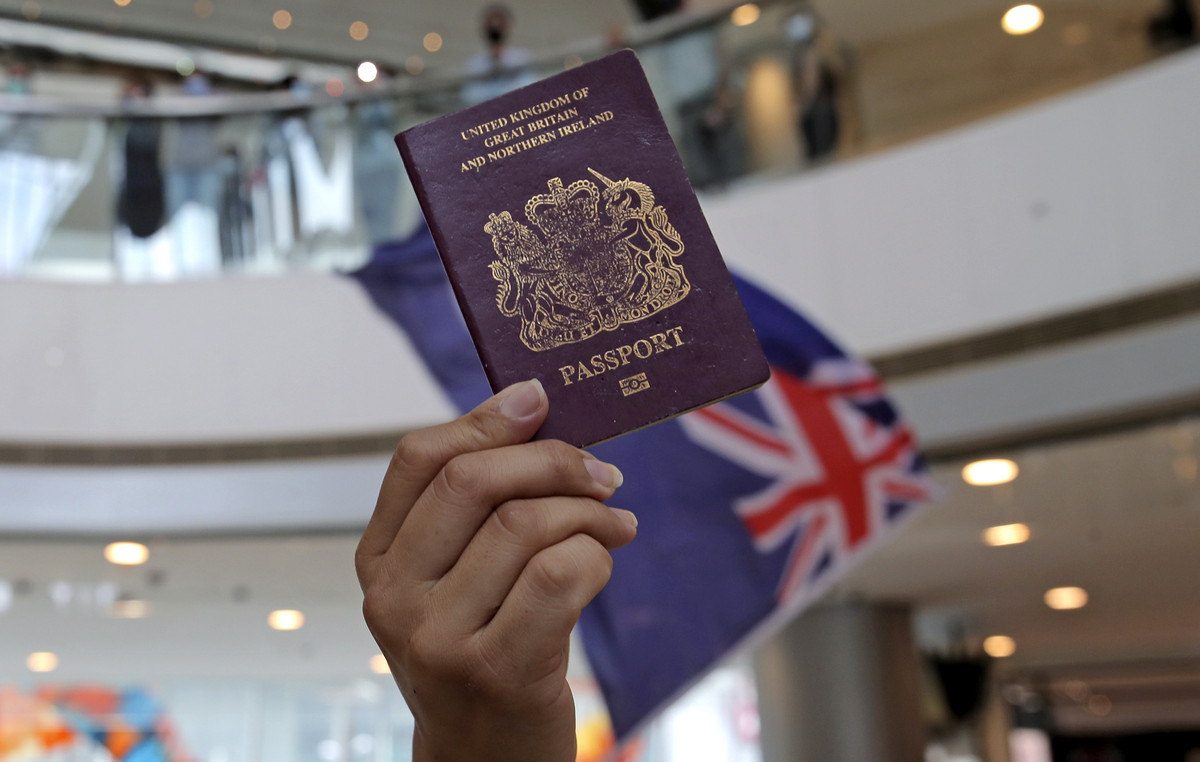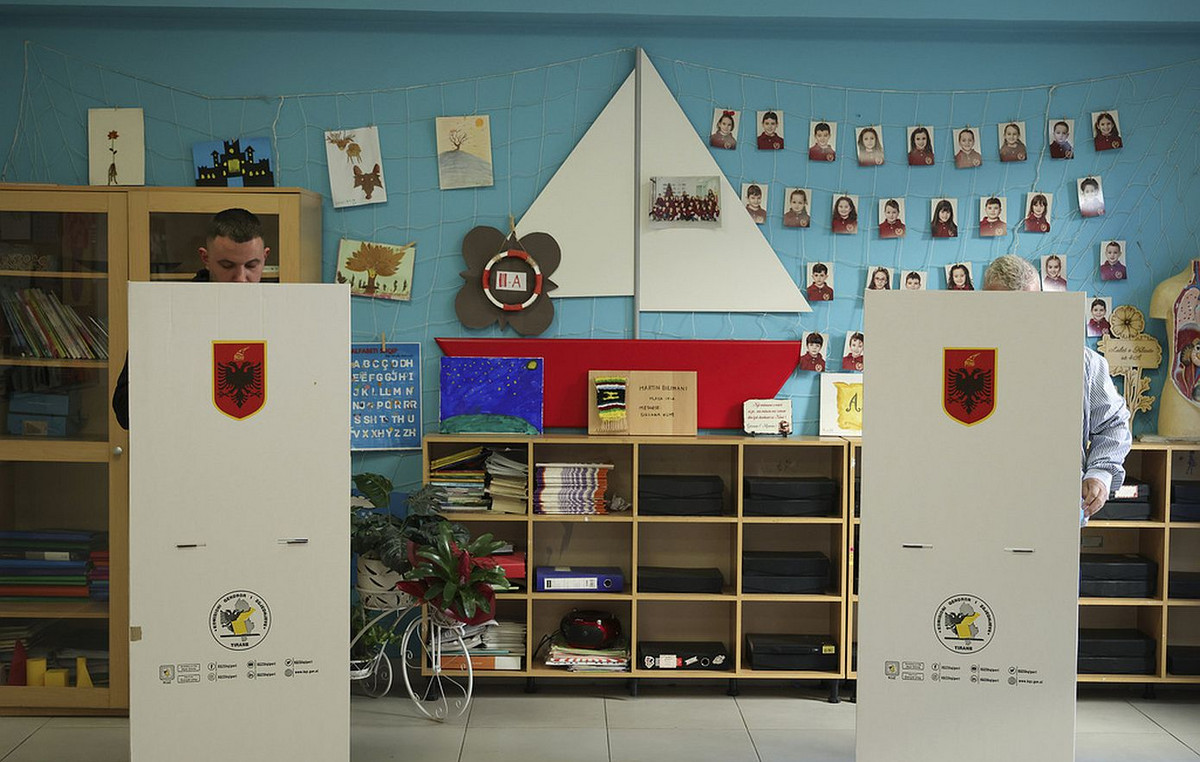In a very hot Florence, with the Fortress pleasantly besieged by Pitti Uomo, there is a place that deserves a “beauty break “: Palazzo Strozzi. A few steps from Santa Maria Novella and from the station, a five-minute walk from Palazzo Vecchio, it stands proudly with its unmistakable Renaissance profile: crossing the threshold and the (fresco) cloister will take your breath away, not only for the harmonious composition of columns and arcades – a great classic around here – but because it hosts an iridescent and almost in-photographable sculpture-installation (the best light is that of twilight). It is a digital work of art, one of the best talents of the genre on the market conceived it and it fits perfectly with the context.
Let’s Get Digital, the new exhibition project of the Palazzo Strozzi Foundation, is really therean exhibition not to be missed in this Florentine summer.
It breaks down two stereotypes. The first: that digital art is nerdy stuff, usable via smartphone and free of emotions. The second: that NFT crypto art and so on cannot be perfectly combined with the more classically understood art.
If this thing about NFT applied to art is still not clear to you, keep in mind that a Non-Fungible Tokenthat is an unplayable token, can be a video, an image or any digital content that is certified through the blockchain, the technology that makes the files encrypted, therefore no longer modifiable, and which guarantees that particular file to be yes viewed by everyone but owned only by one person, who bought it cryptocurrency. Author NFTs now populate the metaverse and have greatly stimulated the creativity of artists (and artlovers and collectors): the exhibition at Palazzo Strozzi tells precisely this story.
We were talking about the courtyard: the work is of Refik Anadol (we had interviewed him here, just under a year ago), Turkish artist based in Los Angeles who has been chewing on digital art for more than a decade. A brilliant pioneer, a refined experimenter: above all, one who is madly in love with the history of art and the Renaissance in particular, to study how to “reinterpret” it through the algorithms of artificial intelligence. His project, which you see in the photo in the first images of the gallery, generates amazement and wonder: the still image makes little, you have to grasp it in the hypnotic movement of shapes and colors. Live.
Promoted and organized by the Palazzo Strozzi Foundation and the Hillary Merkus Recordati Foundation and curated by Arturo Galansino And Serena Tabacchi, the exhibition proceeds in the spaces of the Strozzina (accessed from the cloister, on the ground floor) and assembles, room after room, the works of international artists such as Anyma, Daniel Arsham, Krista Kim and Andrés Reisinger. Among them, also our favorite: Beeple (pseudonym of the American Mike Winkelmann), one who with digital art and NFT has defeated the market. You will see a wide selection of some of his iconic works in which he mixes politics, current affairs and pop elements, well shaken in dystopian or apocalyptic scenarios.
The images in the gallery are just a taste of what awaits you at Palazzo Strozzi: digital art live it’s a whole other thing.
To receive the other cover of Vanity Fair (and much more), subscribe to Vanity Weekend.
-
%2520%25C2%25A9photoElaBialkowskaOKNOstudio.jpg) 1/8
1/8NFT and crypto art at Palazzo Strozzi
photo: Elia Bialkowska for OKNO Studio
-
2/8
NFT and crypto art at Palazzo Strozzi
photo: Elia Bialkowska for OKNO Studio
-
3/8
NFT and crypto art at Palazzo Strozzi
photo: Elia Bialkowska for OKNO Studio
-
4/8
NFT and crypto art at Palazzo Strozzi
photo: Elia Bialkowska for OKNO Studio
-
5/8
NFT and crypto art at Palazzo Strozzi
photo: Elia Bialkowska for OKNO Studio
-
6/8
NFT and crypto art at Palazzo Strozzi
photo: Elia Bialkowska for OKNO Studio
-
7/8
NFT and crypto art at Palazzo Strozzi
photo: Elia Bialkowska for OKNO Studio
-
8/8
NFT and crypto art at Palazzo Strozzi
photo: Elia Bialkowska for OKNO Studio
Source: Vanity Fair







